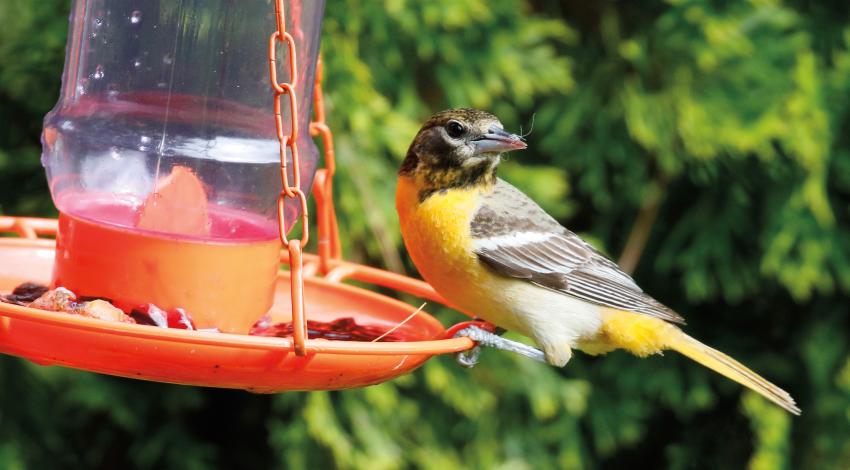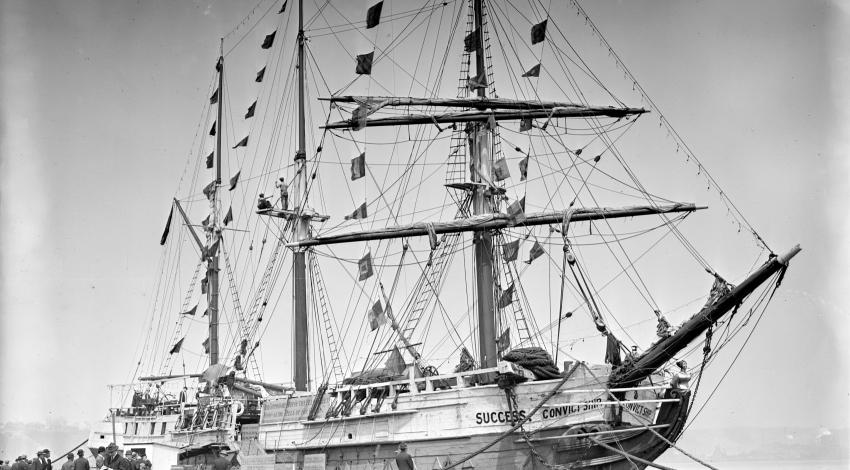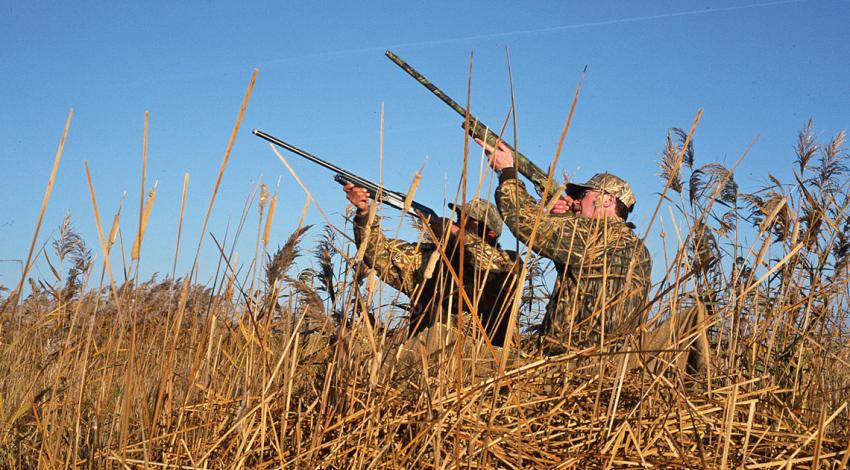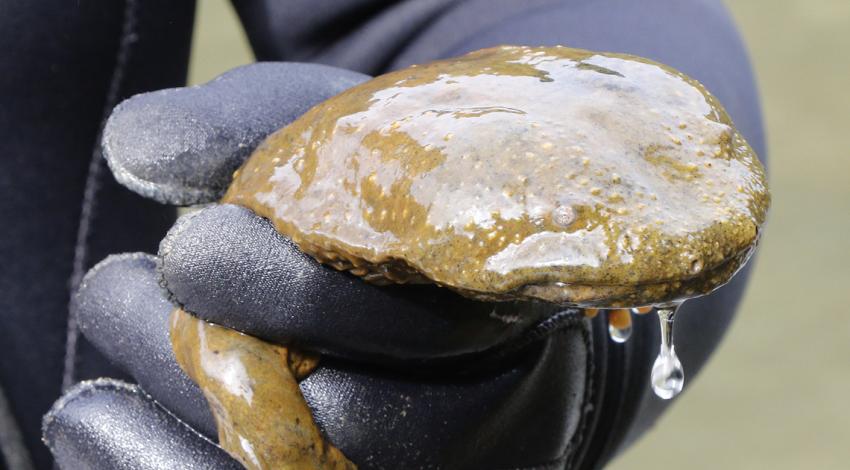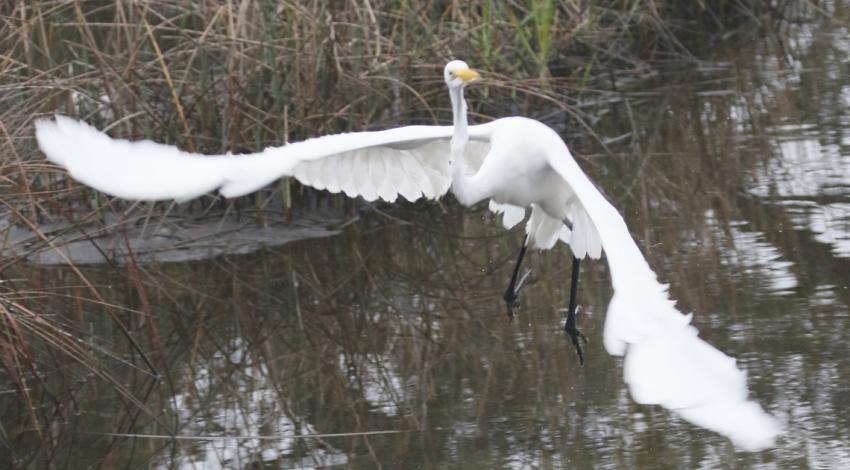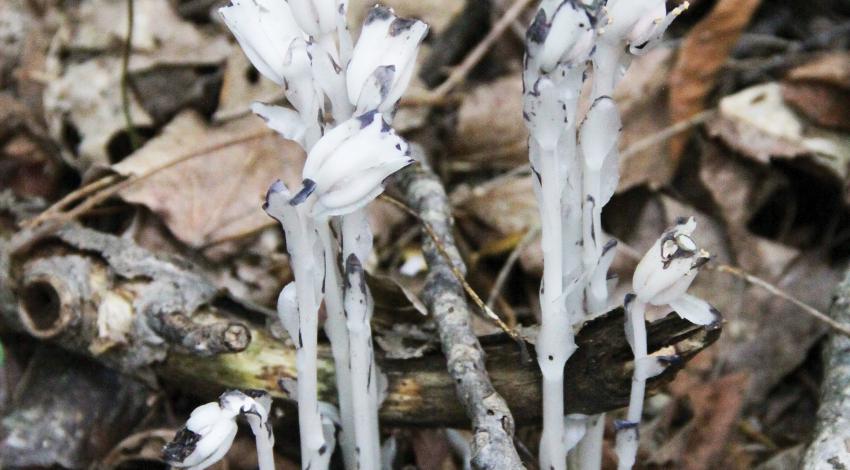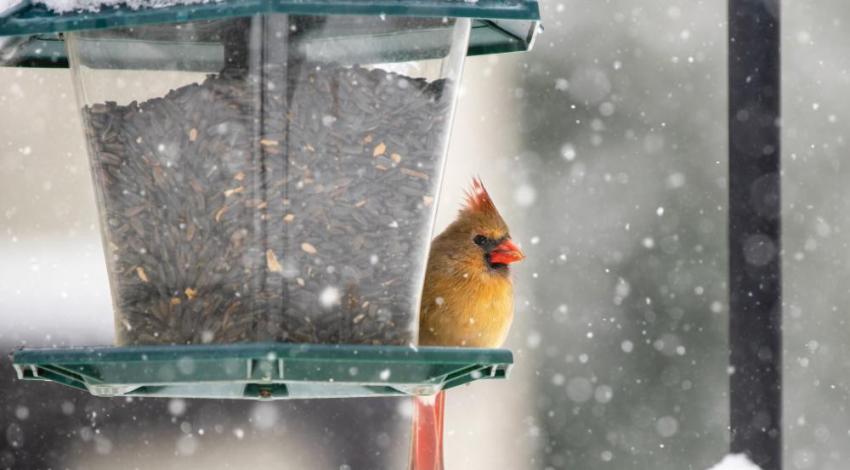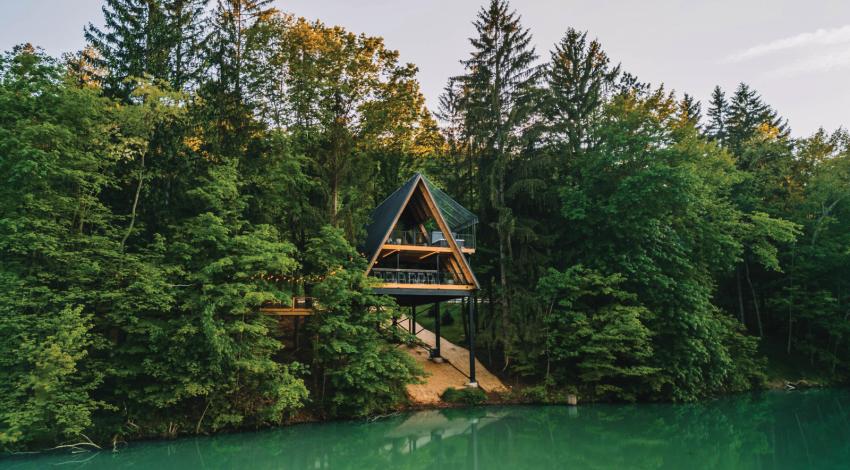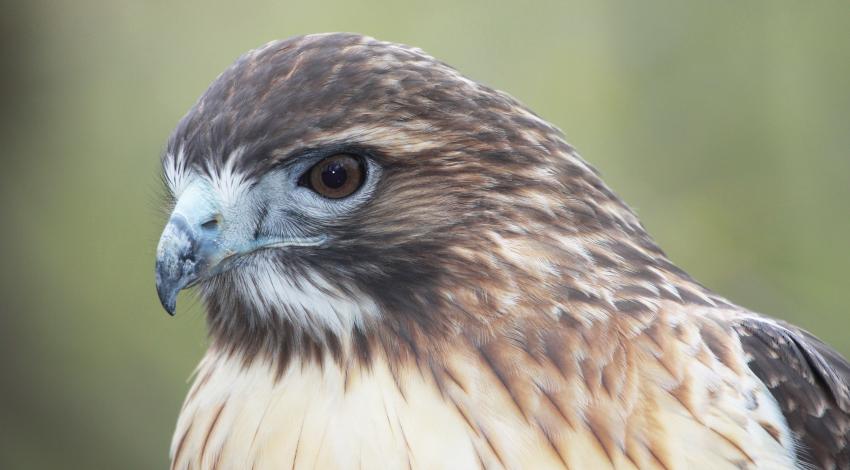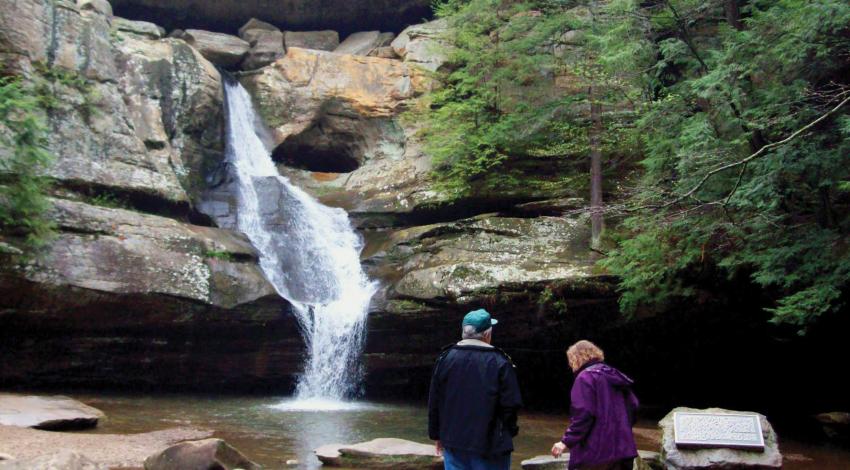Roman Mast’s backyard looks like a bird-feeding test kitchen.
“I have my oriole feeders out by the last week in April,” Mast says. “Through the years, I’ve tried a lot of different foods to attract orioles, including sliced oranges, but my main food now is simply grape jelly.” Orioles and a few other species, such as rose-breasted grosbeaks, gray catbirds, and some warblers, seem to love the stuff. “A red-bellied woodpecker even comes to my jelly feeders occasionally,” Mast says.
